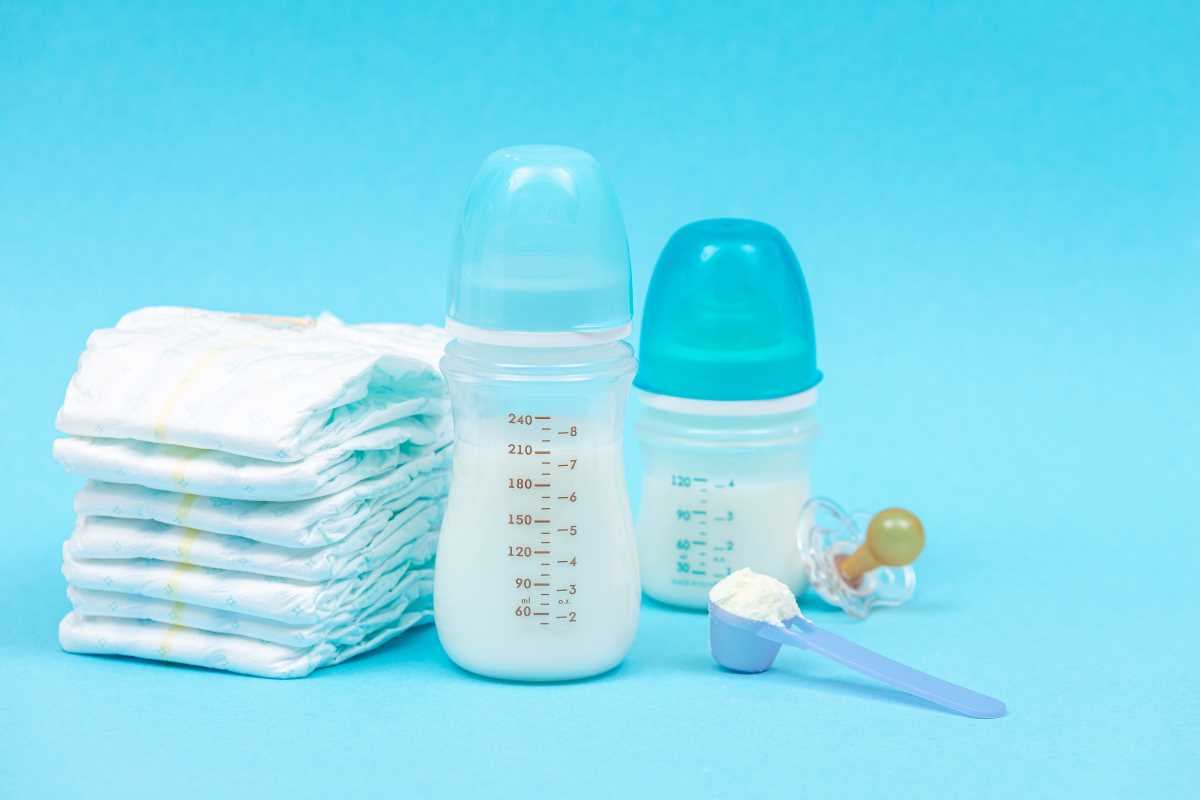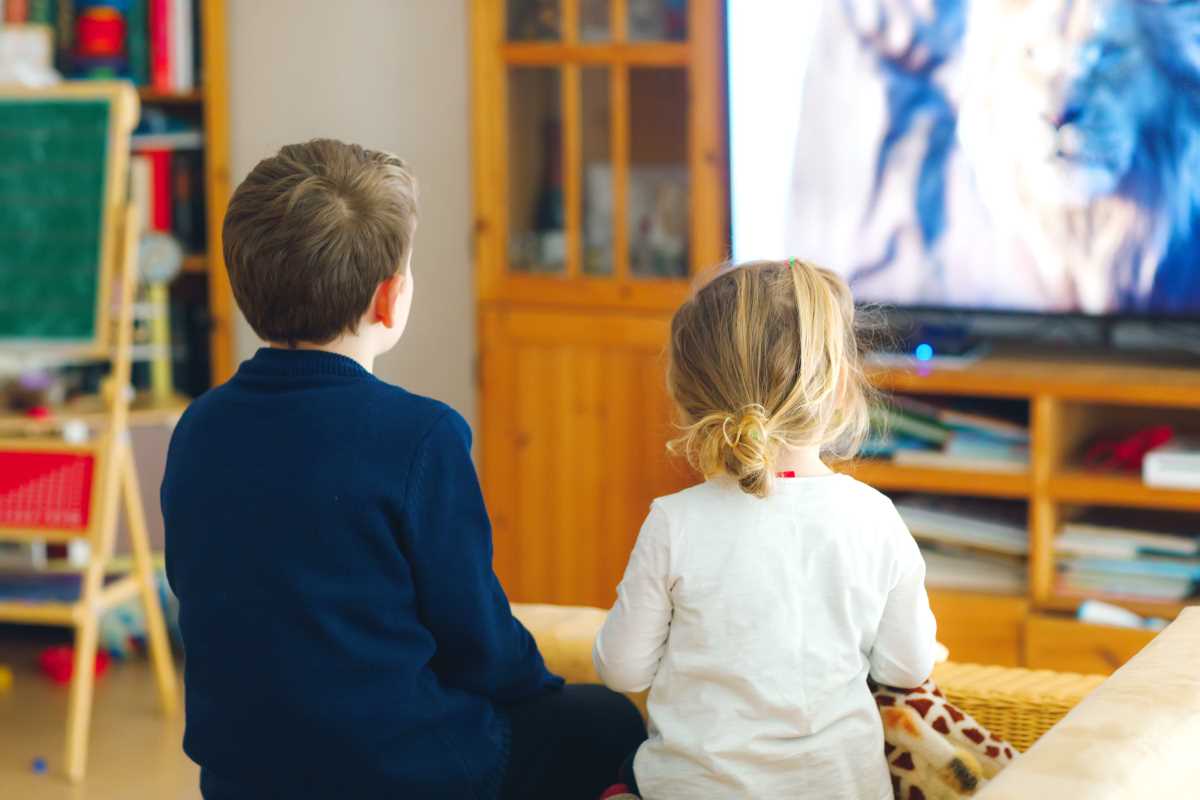Choosing the right diaper for your little one is a significant decision that affects your baby's comfort and the environment. As awareness about environmental sustainability grows, many parents are exploring eco-friendly diaper options to reduce their carbon footprint and promote a healthier planet for their children. This article delves into the two primary eco-friendly diapering choices, cloth diapers and biodegradable diapers, comparing their environmental impacts, costs, and practicality to help you make an informed decision.
Understanding Eco-Friendly Diaper Options
- Cloth Diapers: Reusable diapers made from natural fibers like cotton, bamboo, or hemp. They typically require washing after each use and come in various styles, including prefolds, fitted, and all-in-ones.
- Biodegradable Diapers: Disposable diapers are designed to break down more quickly than conventional ones. They often use materials like plant-based plastics, which are free from chlorine and other harmful chemicals.
- Hybrid Diapers: A combination of cloth and disposable systems, where reusable covers are used with biodegradable inserts, offering flexibility for parents.
The Environmental Impact of Cloth Diapers
- Reduced Waste: Cloth diapers can be reused multiple times, significantly decreasing the number of disposable diapers that end up in landfills.
- Lower Resource Consumption: While washing cloth diapers requires water and energy, the overall resource use can be lower compared to producing countless single-use diapers.
- Durability: High-quality cloth diapers can last through multiple children, further minimizing environmental impact.
- Potential Pollution: Cloth diapers are manufactured using textiles that may have their own environmental footprints, and the washing process can contribute to water pollution if not managed properly.
The Advantages and Challenges of Biodegradable Diapers
Biodegradable diapers offer several environmental benefits. They are designed to break down more efficiently than traditional disposable diapers, reducing landfill waste and minimizing long-term environmental impact. These diapers often use renewable materials, such as bamboo or cellulose, more sustainable than petroleum-based products. Many biodegradable diapers are free from harmful chemicals, making them a healthier choice for babies with sensitive skin. However, biodegradable diapers also come with challenges. They can be more expensive upfront compared to conventional disposables, which might be a barrier for some families. The biodegradation process requires specific conditions that aren’t always met in standard landfills, meaning they may not break down as intended if not disposed of properly. Biodegradable diapers can be limited depending on your geographic location, making them less accessible for some parents.
Cost Comparison: Cloth vs. Biodegradable Diapers
When evaluating the financial aspect of diapering, it's essential to consider both the initial investment and the ongoing costs associated with each option. Cloth diapers generally require a higher upfront cost since you need to purchase enough for your baby's needs, which can range from 20 to 30 diapers. However, over time, the cost per diaper decreases as they are reused for multiple children, making them a more economical choice in the long run. On the other hand, biodegradable diapers typically have a higher price point compared to traditional disposable diapers but are often on par or slightly more expensive than cloth diapers initially. Unlike cloth diapers, biodegradable options do not require laundering, which can save on water and energy bills. However, since they are still disposables, you'll need to purchase them continuously, which can add up over time. Ultimately, while biodegradable diapers may offer a middle ground in terms of cost, cloth diapers tend to be more cost-effective for families committed to using them for multiple children.
Practical Tips for eco-friendly diapering
Transitioning to eco-friendly diapering can seem daunting, but with the right strategies, it can become a seamless part of your parenting routine. Here are some practical tips to help you make the switch:
- Start Slowly: Begin by introducing cloth diapers one day a week or during specific times, such as daytime hours, to get accustomed to the routine without feeling overwhelmed.
- Invest in Quality: Whether you choose cloth or biodegradable options, investing in high-quality products can ensure better performance and longevity, saving you money and reducing waste.
- Educate Yourself: Understanding eco-friendly diapers' different types and maintenance requirements can help you make informed decisions and troubleshoot common issues.
- Join Communities: Connecting with other parents who use eco-friendly diapering can provide valuable support, tips, and encouragement throughout your journey.
Adopting eco-friendly diapering practices such as using natural detergents for cloth diapers or composting biodegradable diapers where possible can further enhance the environmental benefits. Remember, every small step towards sustainable parenting contributes to a healthier planet for your child’s future. Choosing between cloth and biodegradable diapers is a personal decision that involves weighing various factors, including environmental impact, cost, and convenience. Cloth diapers offer long-term savings and significantly reduce waste, while biodegradable diapers provide a more environmentally friendly alternative to conventional disposables without the need for laundering. By considering your family’s lifestyle and priorities, you can select the diapering option that best aligns with your commitment to sustainability and your baby's needs.
 (Image via
(Image via





